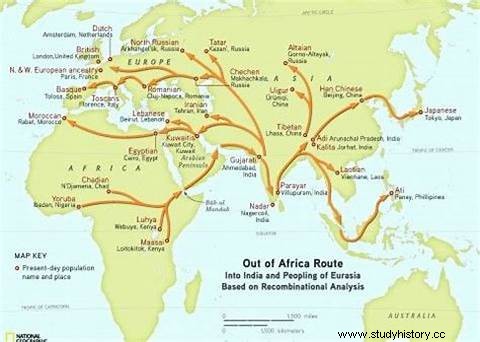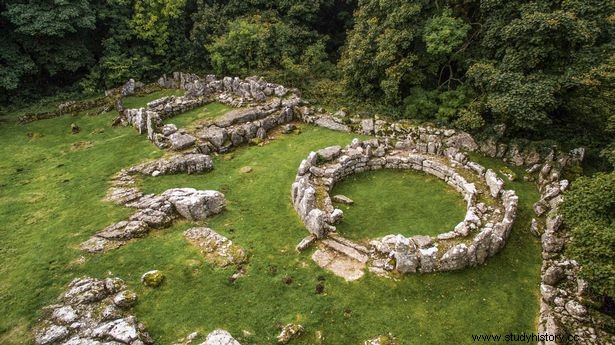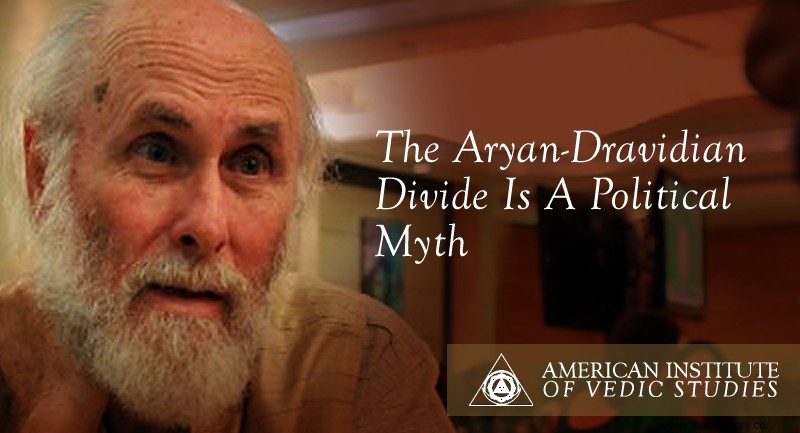Aryan Dravidian people
The Dravidian culture is the Vedic Aryan culture itself. Both Dravidians and Aryans are Vedic people. This is not saying because modern historical and scientific researches have proved that Aryans have been the original inhabitants of India for thousands of millions of years or DNA research has revealed that Aryans and Dravidians are of the same origin. Or foreign historians call the Dravidians as Aryan Kshatriyas or Manusmriti describes the Dravidians as one of the ten Kshatriya clans of India etc. I am saying this because when our leftist historians describe the Dravidian culture, they also actually describe the Aryan culture.
The word Dravid itself is a Sanskrit word, so how can Dravid be non-Aryan? Dravid's 'Dra' means 'Seeer' and Vid means Gnani or Knower i.e. Rishi Muni. Dravid was a Vedic sage as mentioned above and today his descendants are called Dravid. See what foreign scholars say, “Dravida were Kshatriyas and all Kshatriyas were Aryans (righteous). In the 10th chapter of Manusmriti, verses 43, 44 there were 10 families of Vrishalas i.e. Kshatriyas, which included Dravidians. (page 154, Matter, myth and spirit or keltic Hindu Links, author, Dorothy Chaplin, Publisher - F.S.A. Scott Rider and co., London, 1935)
The Dravidian culture described by leftist historians as Vedic culture
Left historians have also mentioned this truth in their books, but due to the influence of English slavery and the lowly anti-Hindu mentality, the conclusions are wrong. See what leftist historian DN Jha and Shrimali have written in their book History of Ancient India and tell what they describe of Dravidian culture Is it different from Vedic Aryan culture? They write:
Three Sangams are described in the history of South India. The period between these three confluences is called the Sangam period. This Sangam period was of total 99990 years during the tenure of 197 Pandya kings. Maharishi Agastya presided over the first and third sangams. There are enough Sanskrit words in Tamil language. The full development of Tamil language took place in the Sangam period itself.
Vedic religion had a deep influence in South India. It is known from the Sangam literature that Vedic Yagya was prevalent in the South. King Maharaja and big rich people used to perform Yagya. Due to the prevalence of Vedic culture, Brahmins and priests had a sufficient prestige in the courts. Brahmins used to do Vedic studies and daily worship. The son of Anduban, the contemporary ruler of Udiyanjeral, was famous for performing Vedic sacrifices.
The rulers of the south have originated from the fire pit of a sage of northern India. The relation of Velas is associated with Vishnu and Agastya.
Perungeral was an Iramporai scholar and a ruler who performed many sacrifices.
Tondaiman was the ruler of Kanchipuram at the time of Ilandirayan Karikala. It is said to be a descendant of Vishnu.
A poem included in Purunanuru talks about the Chakravarti king of the south.
It is clear from the description of the Sangam poets that the morality and high ideals of Brahmin culture were established in the social structure of the southern states like Chera, Chola, Pandya etc. The cultural elements of northern and southern India had converged.
According to the Sangam period Tamil grammar text Tolkappiyam, eight types of marriage rites (Vedic culture) are described in the Tamil country. Unlike the Aryan bandit struggle in North India, elements of any kind of struggle are not found in South India. Vedic culture was welcomed there
Slave-minded leftists give the opposite conclusion

If the leftists were not anti-India idiots and slaves of the British, they would have clearly seen in their description above that Vedic culture was not welcomed in the South, but South Indians were also Vedic people. He further writes:
Agastya Rishi had an important role in cultural contact with South India. Agastya Rishi is still worshiped in a special form in the South. Many temples are famous by the name of Agastyeshwar, in which there are idols of Shiva. They are believed to be established by sage Agastya. Kaundinya Rishi also had an important role in the spread of Vedic religion in South India.
The priests of the Pandya dynasties were brahmins of the Agastya gotra. The origin of Tamil language and grammar is by Agastya Rishi. The Velir caste of the South are believed to be the descendants of Dwarkadhish Krishna. Agastya sage led a group of eighteen kings from Dwarka, eighteen clans of Veliras and Aruvalars. They destroyed the forests on the way and made them agricultural (and settled in Devgiri etc.). This type of description is also found in Mahabharata and Puranas.
This is just a description from a book. There are similar descriptions of Dravidians in other books too, but the leftist historians give the opposite conclusion, which is due to their anti-India slave mentality of the British.
Dravidian Vedic Brahmins and Rishis were called

The conclusion is that the people educated in the Gurukulas established by the Agastya Rishis (Agastya Rishi was a designation as Shankaracharya) in South India were called Dravidians and those who graduated were called Dravid Brahmins. These Dravid Brahmins were the knowers of Vedic religion culture and used to work for the propagation of Vedic religion. Probably these Dravidians traveled to Europe by sea route or land route and spread the Vedic religion culture there, which we know today as Druidas.
PN Oak says that, “The class that superintends, supervises, administers Aryadharma all over the world was called Dravid. The Dravid means the seer and the vid means the knowledgeable or the knower i.e. the sage sage. These Dravidians played the same role not only in India but all over the world. The sages who keep the Aryan culture are called Druids in Europe and Dravidians in India. There were Dravidians in Europe too. They were called Druids. Hence Aryan and Dravidian are mutually complementary nouns. They were the priests, teachers, teachers, mathematicians, scientists, almanacists, astro-astrologers, prophets, psychics, Vedapathi etc. Gurujan of the society."
In BC, the living conditions of the people of Britain and France were similar. He had Gurukuls and every year Dravidian scholars from Britain used to go to Galle province ie France to attend religious meetings. The two schools named Eton and Harrow, which are famous in England, are because they are carrying forward the ancient Gurukul-practice. (A complete History of Druids by Lichfield)
David Frawley, founder of the American Institute of Vedic Studies, writes, "There is little in so-called Dravidian culture, ancient or modern, that does not have strong connections with so-called Aryan culture. The Aryan-Dravidian divide is largely a modern political construct. The culture of South India has been intimately woven with Sanskrit, Vedic philosophies, Vedic culture and Yoga as long as we can trace it.”

In fact, the British government invented a fake Aryan caste to legitimize its imperial power and declared Hindus living in India for thousands of millions of years as Aryan caste as foreigners and invaders on their own country Bharatvarsh. Under this, the theory of fake Aryan and Dravidian race was created to fight the Hindus of North and South India.
British slave leftist Periyar, his descendants and Periyar-backed DMK party advocate not only dividing India into North India and South India on the basis of fake history of Aryans and Dravidians, but because of their ignorance calling Dravid Brahmins as Vedic Brahmins and Dravidians as Brahmins and Dravidians. The Brahmins also divide into the class, which is the proof of their mental bankruptcy.
